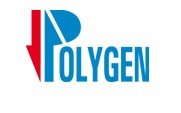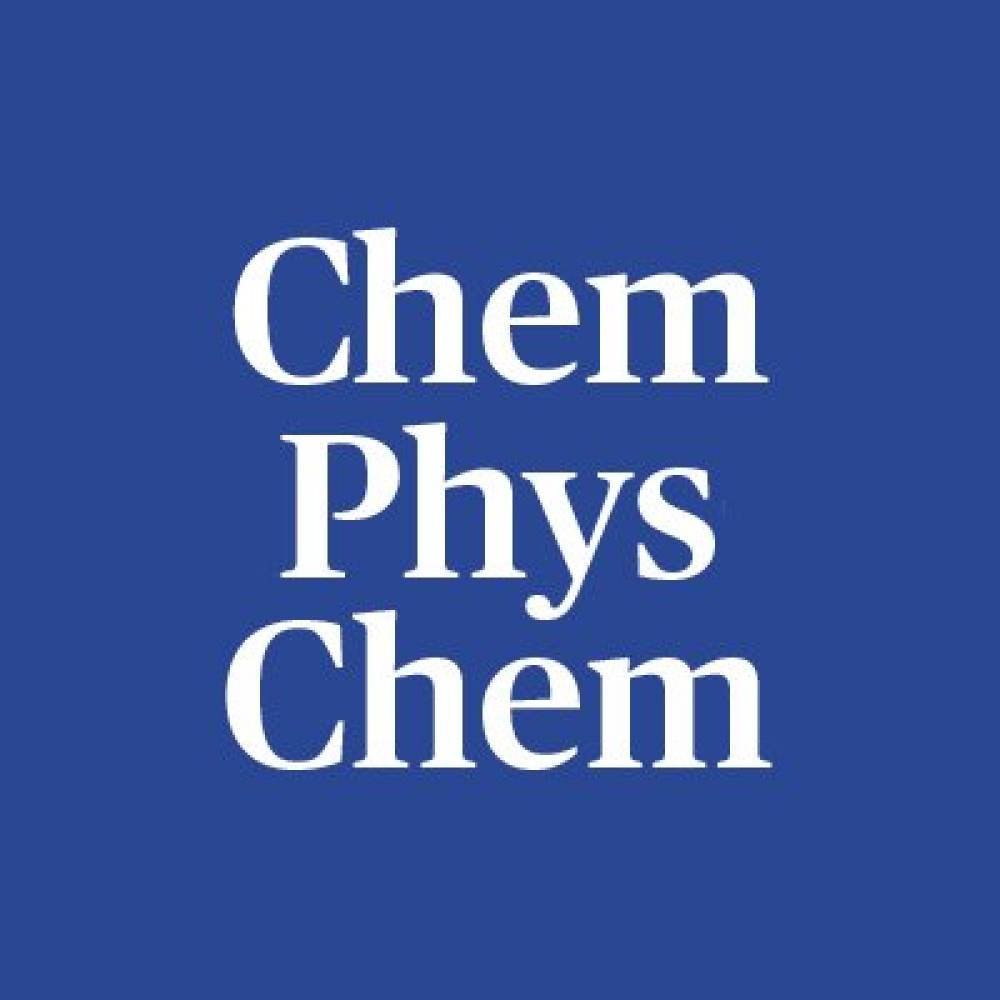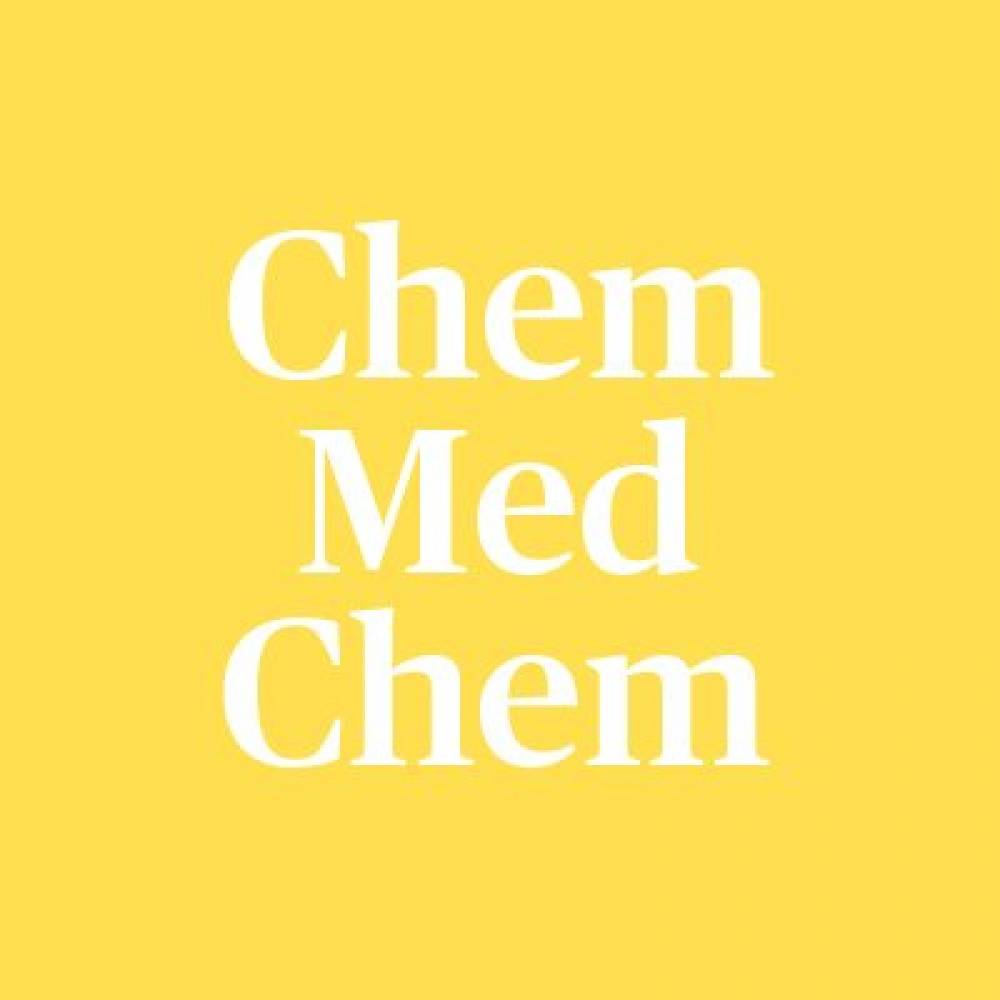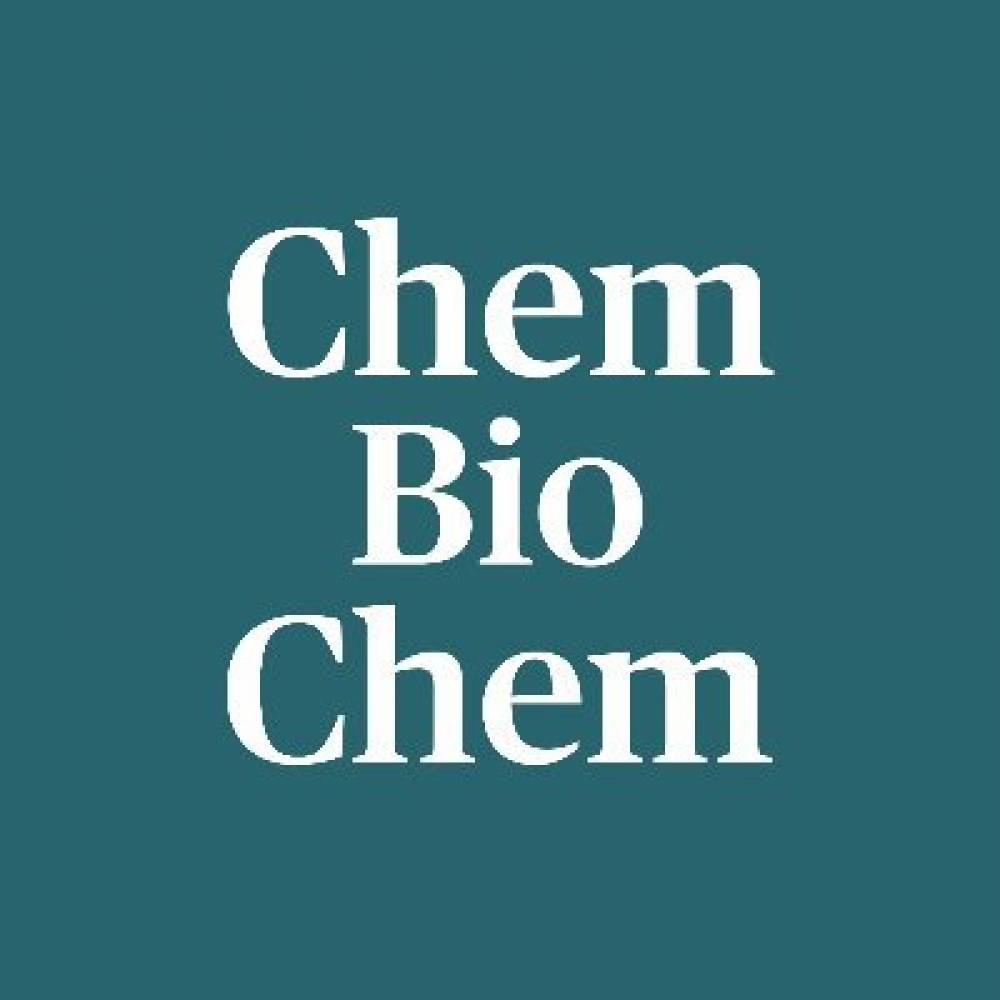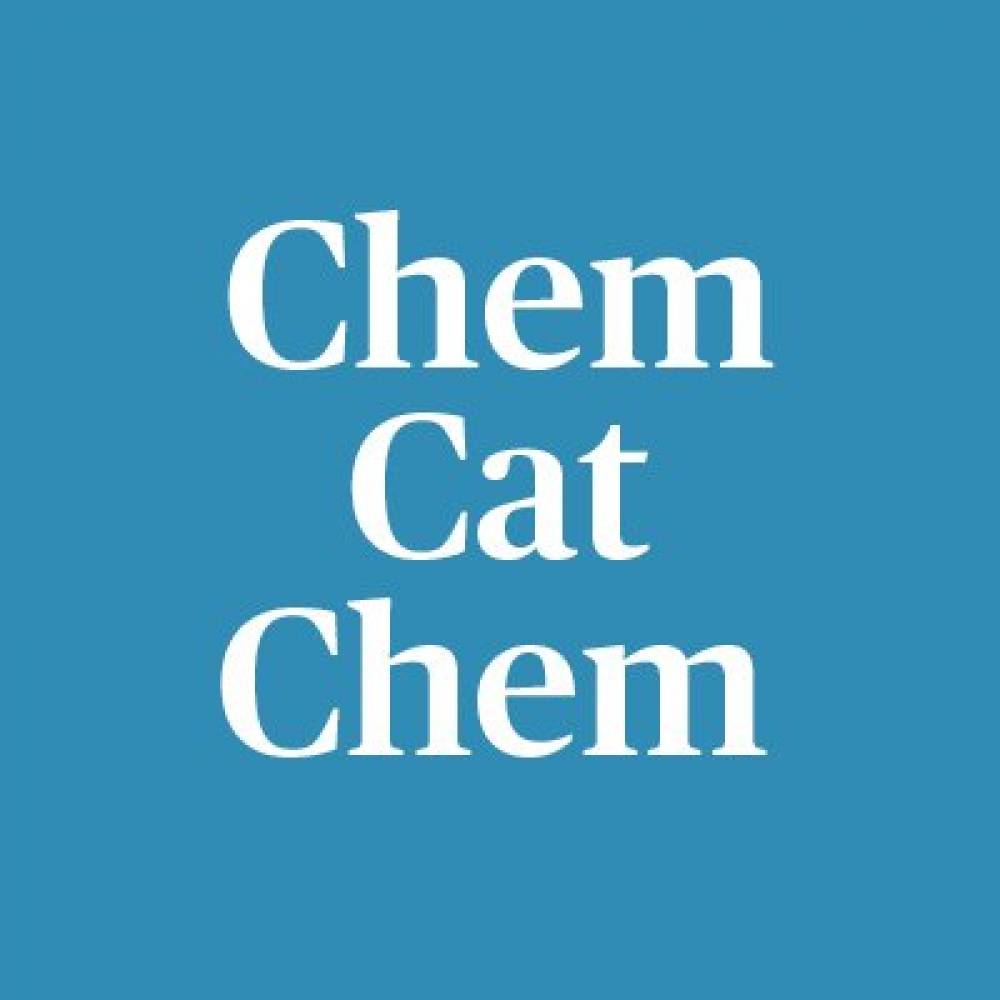Maria Skłodowska-Curie – born in 1867 in Warsaw, died in 1934 in Sancellemoz (France)
She graduated from the Paris University of Sorbonne, from 1906 she was a lecturer and professor of this University. In July 1898, in cooperation with her husband Pierre Curie, by fractional crystallization of pitchblende (uranium ore waste) she obtained a fraction containing an increased amount of the first radioactive element, which they named polonium. In December the same year she obtained a chloride of another element, even stronger radioactive, named radium, which was a main admixture in barium chloride isolated from pitchblende. In 1903 the Curie couple, together with Antoine Henri Becquerel, obtained a Nobel Prize in physics. In 1902 they succeeded in isolating pure radium chloride. For this achievement, Maria Skłodowska-Curie obtained in 1911 another Nobel Prize, in chemistry. Maria Skłodowska-Curie developed the knowledge of radioactivity; she supported foundation of the Radium Institutes in Paris (1914) and in Warsaw (1932) which she headed. She was among the founders of Polish Chemical Society (in 1919). In 1924 she was made an honorary member of PCS. In 1995 the ashes of Maria Skłodowska-Curie were moved to the Paris Pantheon. The Parliament of the Republic of Poland devoted the year 2011 to honour Maria Skłodowska-Curie.
Jędrzej Śniadecki – born in 1768 in Żnin, died in 1838 in Vilnius
Jędrzej Śniadecki graduated from the Faculty of Medicine, Szkoła Główna Koronna (former name of the Jagiellonian University) in Kraków, then worked for a few years in Italy and Scotland (1797–1822). He was a professor of the University of Vilnius, in the years 1825–1839 he headed the Therapeutic Clinic in Vilnius. He is the author of the first Polish students’ handbook on Lavoisier chemistry, "Początki chemii" (Fundamentals of Chemistry) published in 1800, 1807, 1816/1817. Jędrzej Śniadecki is one of the founders of Polish chemical nomenclature. He wrote a handbook on philosophy entitled in Polish "Teorya jestestw organicznych" (Theory of Organic Entities) (1804, 1811) and a number of medical papers, including the one “On physical education of children” (1822). Many of his disciples headed chairs in chemistry and medicine at Polish and Russian universities. He is known as the father of Polish chemistry and one of the most eminent medical doctor in Poland. Apart from that, he wrote satirical articles ridiculing flaws and vices of Polish society.
Wiktor Kemula – born in 1902 in Ismail (Bessarabia), died in 1985 in Warsaw
Wiktor Kemula graduated from the Jan Kazimierz University in Lwów, under tutorship of Stanisław Tołłoczko. In the years 1936–1941 he was a professor of physical chemistry at the same university, then in 1945–1968 a professor of inorganic chemistry at the Warsaw University. In the years 1954–1985 he organized the Laboratory of Physicochemical Analytical methods at the Institute of Physical Chemistry, Polish Academy of Sciences, in Warsaw, which he headed. Starting from 1950 he was a member of the Polish Academy of Arts and Sciences (known also as the Polish Academy of Learning) and from 1956 he was a member of the Polish Academy of Sciences. In the years 1955–1959 and 1972–1974 he was a chairman of PCS, then in the period 1976–1985 he was an Honorary Chairman of PCS. In 1969–1971 Prof. Wiktor Kemula was a President of the Analytical Chemistry Section of the International Union of Pure and Applied Chemistry (IUPAC). He was an honorary member of many chemical societies. In the years 1950–1985 he was the editor of "Roczniki Chemii" (since 1972 known as the "Polish Journal of Chemistry"), while in 1956–1969 he edited the journal "Chemia Analityczna". The area of his interest included photochemistry and spectroscopy. He organized in Warsaw a Polish school of polarography, which he developed towards chromate-polarography. He is the author of a few hundred scientific papers and reports, together with Adam Hulanicki he wrote a monograph on "Spektralna analiza emisyjna" (Spectral emission analysis) (1956). In the years 1948–1970 he six times reedited and modernized the handbook “Inorganic Chemistry”.
Jan Zawidzki – born in 1866 in Włuki (the Daniszewo parish), died in 1928 in Warsaw
Jan Zawidzki graduated from the Szkoła Politechniczna Bałtycka (Baltic Polytechnics) in Riga, where he worked in the years 1892–1906. He wrote his doctoral dissertation under promotion of Wilhelm Ostwald in Leipzig. In the years 1907–1916 he was a professor at the Academy of Agriculture in Dublany, near Lwów, then at the Jagiellonian University (1916–1917), Warsaw University (1917) and Warsaw Polytechnics (1917–1928). In the years 1917-1919 he was the rector of the latter. He was an eager organizer of faculties of chemistry after Poland gained independence. The area of his scientific interest included chemical kinetics, thermochemistry and history of chemistry. He wrote a monograph on inorganic chemistry and chemical kinetics. In 1918 he was appointed by the Rada Regencyjna to be a member of the Rada Stanu Królestwa Polskiego (State Council of the Kingdom of Poland). In the years 1924–1925 he was a chief officer of the Ministry of Religious Denominations and Public Enlightenment in the administration of Władysław Grabski. He supported many social organizations. In 1923 he was honoured with the Commander’s Cross of the Order of Polonia Restituta. Besides, he was a member of the Polish Academy of Arts and Sciences (known also as the Polish Academy of Learning) and a number of scientific societies in Poland and abroad. He was one of the initiators of founding PCS; in the years 1919–1921 he was a vice-chairman and in 1922 a chairman of PCS.
Bogusława Jeżowska-Trzebiatowska – born in 1908 in Stanisławów, died in 1991 in Wrocław
Bogusława Jeżowska-Trzebiatowska studied and worked at the Faculty of Chemistry at Lwów Polytechnics until the World War II. In 1935 she was conferred a doctor’s degree in chemistry upon presentation of a thesis on the pentavalent rhenium complexes. During the war she worked in the chemical company “Galikol” in Lwów. In 1945, together with her husband, she moved to Wrocław. She was engaged in restoration of the Wrocław scientific and academic centre, in particular Wrocław University. She is a co-founder of the Wrocław School of Coordination Chemistry. She has brought the lasting contribution to development of inorganic chemistry, structural physical chemistry, spectroscopy, magnetochemistry, nuclear and radiative chemistry. In the years 1978-1991 she was a chairwoman of the Wrocław Branch of Polish Academy of Sciences. She was honoured with honoris-causa doctorate of the Łomonosow University in Moscow, Wrocław Polytechnics and Wrocław University, with Honorary Membership of PCS and Jędrzej Śniadecki Medal of PCS. For hiding a future professor of Gdańsk Polytechnics Mr Emil Taszner who was of Jewish origin and who was a worker of “Galikol” Company in Lwów, she was awarded a medal of Righteous Among the Nations by the Yad Vashem Institute in 1991. She was a member of the Home Army. For her participation in conspiration activity she was decorated with a Silver Cross of Merit with Swords by the Polish Underground State.
Włodzimierz Trzebiatowski – born in 1906 in Grodzisk Wielkopolski, died in 1982 in Wrocław
Włodzimierz Trzebiatowski graduated from the Faculty of Chemistry, Lwów Polytechnics in 1929. He stayed at this university as an assistant to Wiktor Jakób who headed the Chair of Inorganic Chemistry. In 1930 he was conferred a doctor’s degree in 1930 and then a postdoctoral degree of habilitation (in physical chemistry) in 1934. In the years 1938-1939 he worked at the Jan Kazimierz University in Lwów and for a short time (1944- 1945) at the Iwan Franko University. In 1945 he moved, together with his wife, to Wrocław where he was a cofounder of the Chair of Inorganic Chemistry at the Wrocław Polytechnics and Wrocław University. From 1952 he was a member of the Polish Academy of Sciences, in the years 1972–1977 he was a president of this institution. He was a co-founder of the Institute of Low Temperature and Structure Research in Wrocław and an organizer and director of the International Laboratory of Strong Magnetic Fields and Low Temperatures in 1968–1982. He was the author of many times reedited and republished handbooks in inorganic chemistry. He was a renowned authority in inorganic chemistry, physical chemistry of solid state, magnetochemistry and structural chemistry. For his unquestionable achievements and great contribution to science he was honoured with the Commander’s Cross with a Star of the Order of Polonia Restituta, Jędrzej Śniadecki Medal of PCS and Marian Smoluchowski Medal of the Polish Physical Society, a honoris causa doctorate of Wrocław Polytechnics and Honorary Membership of PCS. In 1948 he organized the first PCS Meeting and in the years 1949–1950 he was a vice-chairman of PCS.
Stanisław Kostanecki – born in 1860 in Myszaków near Słupca, died in 1910 in Würzburg, (Germany)
Having graduated from the Berlin Polytechnics, Stanisław Kostanecki worked for a few years in the group of C. Liebermann, a renowned specialist in the chemistry of synthetic dyes. In this time of his activity he was a co-author of the well-known Liebermann and Kostanecki rule. While working in Berlin he was also concerned with the chemistry of natural dyes, including the Cochineal Red A, known also as Carminic acid or Ponceau 4R. In 1883 he moved to the University of Mulhouse (France), and after four years he was nominated to a position of a professor at the University of Bern (Switzerland), where he worked till the end of his life. He is counted as a co-founder of the Faculty of Chemistry at the University of Bern and he was a co-founder of the Switzerland Chemical Society. While in Bern he worked on natural yellow dyes, his achievements include the resolution of the structures of chrysin and curcumin and development of the fundamentals of the knowledge of flavones and flavonoids. In organic chemistry there is a well-known reaction of Kostanecki-Robinson leading to derivatives of chromone or coumarin, depending on conditions. Shortly before his death, in 1910 he was nominated to a position of a professor of organic chemistry in the Jagiellonian University, but he never took it.
Włodzimierz Kołos – born in 1928 in Pińsk, died in 1996 in Warsaw
Włodzimierz Kołos graduated from the Adam Mickiewicz University in Poznań. He was received a doctor’s degree from the Faculty of Physics, Warsaw University. In the years 1961–1966 he was the head of a research group at the Institute of Nuclear Research in Świerk, in 1965 he took the Chair of Theoretical Chemistry, Faculty of Chemistry, Warsaw University. In 1969 he was conferred the title of professor and became a member of the Polish Academy of Sciences. The energy of hydrogen molecule dissociation he calculated was the first ever example of a result much more accurate than that from spectroscopic measurements. In the 1980s he worked on theoretical modelling of beta decay of tritium and his results proved of key importance for establishment of the mass of electron neutrino.
Jan Harabaszewski – born in 1875 in Radom, died in 1943, probably in Komorowo near Warsaw
Jan Harabaszewski graduated from the Faculty of Technical Chemistry, Lwów Polytechnics, teacher of chemistry in the Tadeusz Czacki Middle School in Warsaw, adjunct at the Szkoła Główna Gospodarstwa Wiejskiego (Warsaw University of Life Sciences), a doyen of the methodology of chemistry teaching at university level, organizer of a system of chemistry teaching and training courses for chemistry teachers. He especially promoted the teaching through experiment, at present generally practiced in chemistry teaching all over the world. He believed that learning chemistry is the best way of teaching inductive thinking and develops the student’s personality. He was the editor of a journal for teachers “Physics and Chemistry”. In 1936 he published a handbook on Chemistry Teaching. He was the founder of the Chemistry Teaching Section of PCS, and in the years 1924–1926 he was the chairman of this section. The methodology of teaching based on the similarity of this process to research work is at present commonly believed to be the most effective way of teaching.
Ignacy Mościcki – born in 1867 in Mierzanowo, died in 1946 in Versoix (Switzerland)
Ignacy Mościcki graduated from the Faculty of Chemistry, Dorpat University, after he had been forced to emigrate he took a position of assistant at the Chair of Physics, Fribourg University (Switzerland). While working there he designed a thermoelectric furnace for production of nitrogen oxides directly from the air, which found widespread practical use. In relation to this invention he designed glass capacitors capable of withstanding high voltage, commonly in use for nearly twenty years. In 1912 he was asked by the Senate of Lwów Polytechnics to organize the Chair of Technical Electrochemistry and Physical Chemistry. He was the main organizer of the nitrogen industry in reborn Polish State. He also started the METAN company, which later developed into the Chemical Research Institute moved to Warsaw, today the Ignacy Mościcki Institute of Industrial Chemistry. He was a co-founder of PCS and in 1923 its chairman. In the years 1926–39 Ignacy Mościcki was the President of the Republic of Poland.
Zofia Matysikowa (maiden name Tomasiewicz) – born in 1917 in Odessa, died in 1997 in Gdańsk
Zofia Matysikowa from 1935 studied at the Faculty of Mathematics and Life Sciences, Stefan Batory University in Vilnius, then she moved to the Wilniaus Universitetas, and after the end of World War II at the Mikołaj Kopernik University in Toruń from which she graduated with a master’s degree in chemistry. At the same university in 1950 she received a doctor’s degree and in 1970 a postdoctoral degree. In 1952 she moved, with her husband, to Gdańsk, where she worked at first at the High Pedagogical School and later (from 1970) at the Gdańsk University. Her passion was development of methods of teaching chemistry. She is the author or a co-author of many papers in this field. For many years she worked on development and improvement of syllabuses of chemistry and on organization of Olympic Games in Chemistry. She was engaged in the Toruń and Gdańsk Branches of PCS. She was honoured with Jan Harabaszewski Medal of PCS, the title of Zasłużony Nauczyciel (Distinguished Teacher) and a Medal of the Commission of National Education. She was a co-founder of chemistry teaching in Poland and one of the pioneers of academic teaching of chemistry in Gdańsk, she was a widely recognized academic teacher, a person engaged in popularization of chemistry and a social activist.
Jan Czochralski – born in 1885 in Kcynia, died in 1953 in Poznań
Jan Czochralski studied at the Charlottenburg Polytechnics, near Berlin, from which he graduated as an engineer of chemistry in 1910. For four years he worked at this Polytechnics in the group of Wichard von Moellndorff with whom he wrote his first paper on crystallography of metals in which he described the fundamentals of the theory of dislocations. Many of his papers were devoted to metallography, in particular the application of aluminium in electronics. He won worldwide renown for the method of control of metal crystallization rate, discovered in 1916, which in 1954 was used for production of silicon monocrystals and the first ever silicon transistor. This method, known today as the Czochralski method, has become fundamental for production of printed circuits. Jan Czochralski also discovered the tin-free alloy (known as metal B) used for production of sliding bearings, commonly used until the 1960s. He is the most frequently cited Polish scientist. After clarification of many years of confusion regarding his behaviour during the World War II, he won general recognition of scientific circles and the deserved position among Polish scientists. According to the decision of the Parliament of the Republic of Poland, the year of 2013 was devoted to honour Jan Czochralski.
Bronisław Znatowicz – born in 1851 in Lublin, died in 1917 in Warsaw
Bronisław Znatowicz studied chemistry at the Warsaw University in 1869–1873, then he worked at the Academy of Technology in Lwów (1873–1874) and at the Warsaw University (till 1889). He headed the laboratory concerned with analysis of environmental samples, phosphorescence, reduction of organic compounds and isolation of dyes from coal tar. He was a renowned social activist and populariser of sciences. He was a co-founder and editor of Pamiętnik Fizjograficzny (1881–1900), Wszechświat (1882–1914) and Chemik Polski (1901–1906). He wrote a handbook “Zasady chemii” (Principles of Chemistry). In 1881 he was one of the 45 members and founders of the Józef Mianowski Kasa, a foundation for the support of science, in Warsaw. Another area of his interest was related to the Museum of Industry and Agriculture in Warsaw, through which he conducted educational and science popularizing activity. He was a proponent of the use of Polish language in public life and strengthening the social and professional position of teachers in the conditions of the partition of Poland.
Aleksander Zamojski – born in 1929 in Poznań, died in 2004 in Warsaw
Aleksander Zamojski graduated from the faculty of Chemistry, Łódź Polytechnics with a degree of engineer in 1952, and master’s degree in 1954. He received his doctorate (1959) and postdoctoral degree of habilitation (1965) from the Faculty of Chemistry, Warsaw University. From 1965 he started working at the Institute of Organic Chemistry at the Polish Academy of Sciences. The area of his expertise included the chemistry of antibiotics and monosaccharides. He has proposed a new pathway of obtaining racemic monosaccharides, through diastereoselective transformation of cycloadducts obtained from the Diels-Adler reaction: methoxybutadiene and butyl glycoxalane, which permitted efficient synthesis of compounds of complex structure. He initiated the use of the Mitsunobu reaction in the chemistry of saccharides. Aleksander Zamojski was one of the pillars of Polish chemistry of saccharides, an outstanding academic teacher and renowned researcher. He was engaged in the work for the Polish Chemical Society which he chaired in 1989–1991.
Jacek Rychlewski – born in 1947 in Poznań, died in 2003 in Poznań
Jacek Rychlewski studied mathematics and chemistry at the Adam Mickiewicz University in Poznań, from which graduated with master of science degrees. He worked towards his doctorate under promotion of Prof. Włodzimierz Kołos at the Warsaw University, where he was conferred doctor of science degree in 1975, while a postdoctoral degree of habilitation he obtained from the Adam Mickiewicz University, Poznań, in 1985. He was given the title of professor in 1992. At the latter university he developed his scientific career, although he also worked at the Institute of Organic Chemistry and Biochemistry, Polish Academy of Sciences in 1995–2003. His scientific achievements have brought a significant contribution to quantum chemistry and computation methods along with the application of mathematics in chemistry. He was the author of a general method for solving the Schrödinger equation for multielectron particles, based on the exponent-correlated Gaussian functions, he proposed unique approaches to the interaction of matter with electric and magnetic field and to the nature of chemical bonds. Apart from his research and academic work, he was engaged in the social transformation taking place in Poland in the 1990s. He was a co-creator of the informatic network in Polish science. In 1995 he received a group Scientific Award of the city of Poznań for the initiative of foundation of the Poznań Centre for Supercomputing and Networking, preparation of its organizational and substantive fundaments. He is a patron of one of the streets in Poznań.



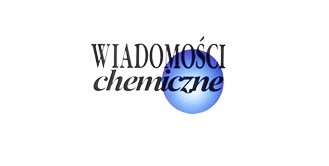







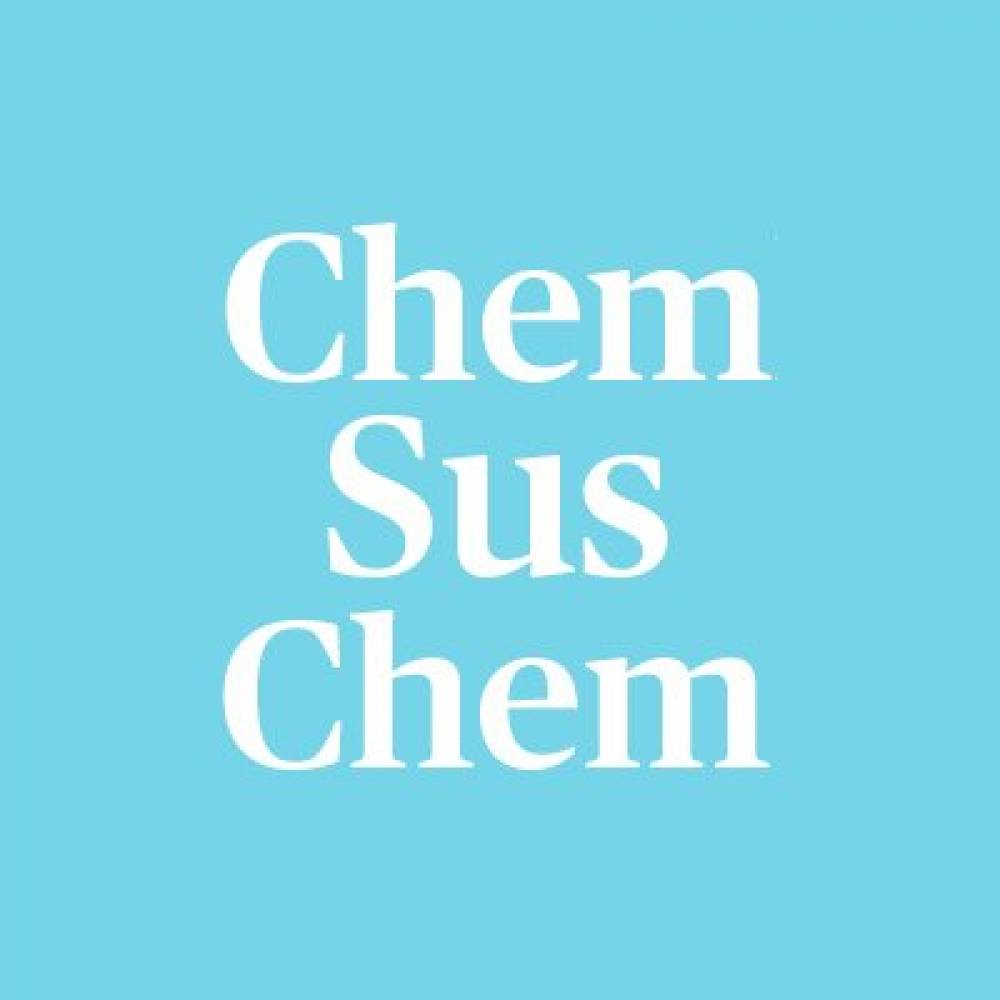
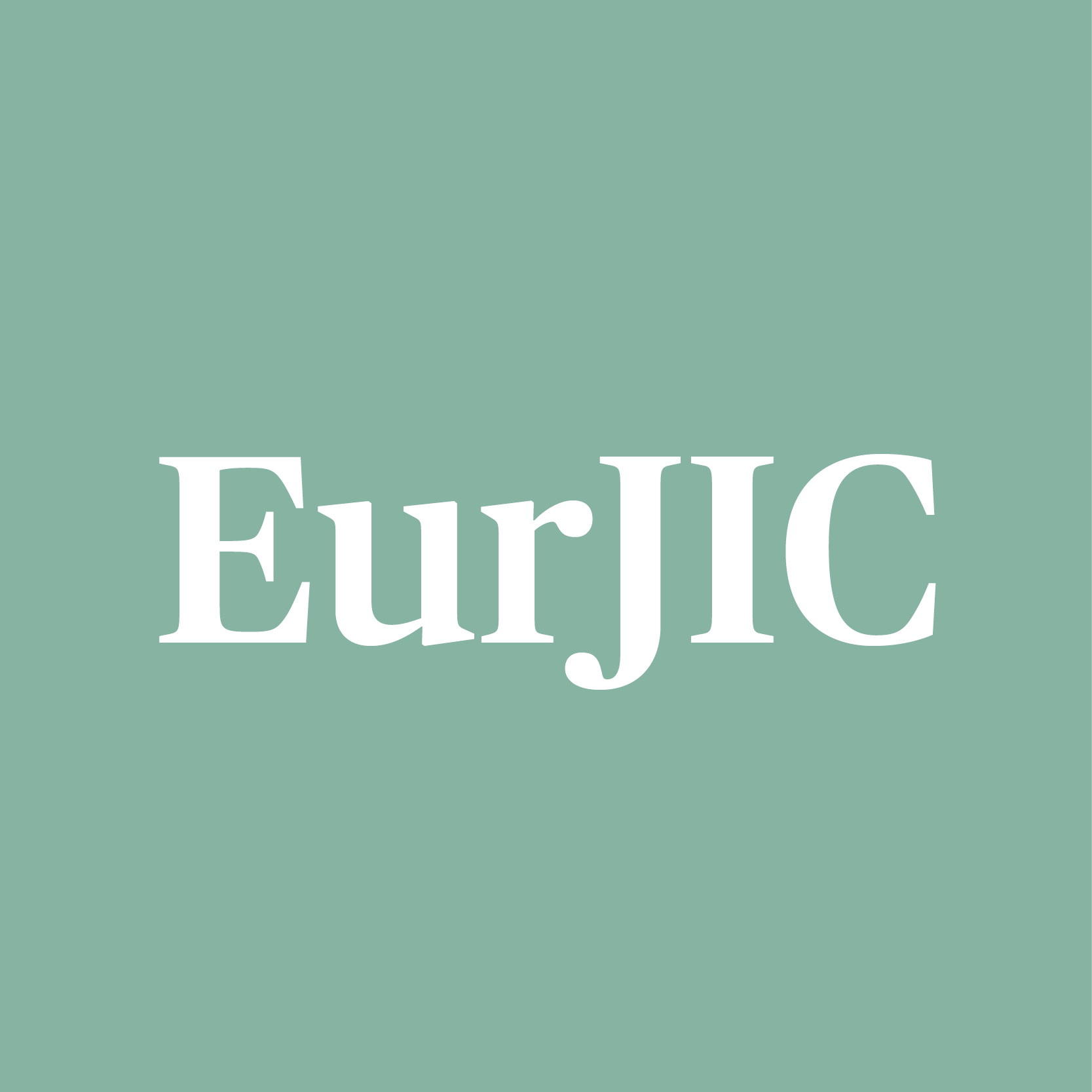

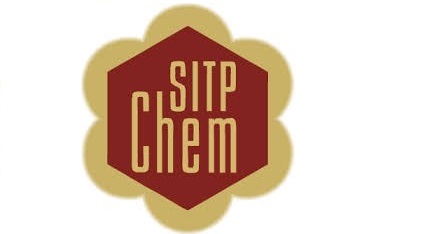




.jpg)





